40 years ago passions ran high as last Shah fled Iran
The young Shah had ascended the throne at the age of 21 and gained a reputation as a tyrant
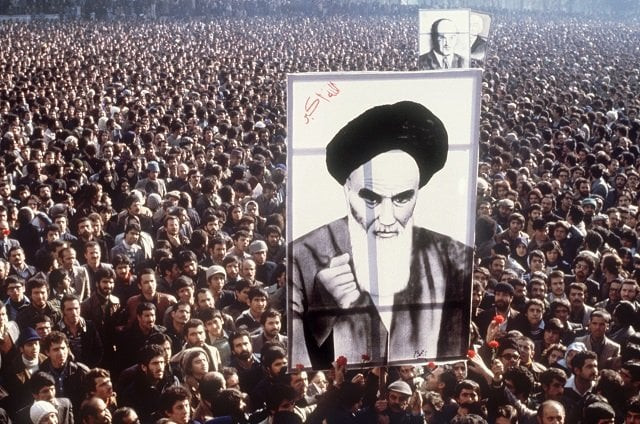
For months before the last Shah fled Iran ending 2,500 years of royal rule, shopkeeper Ahmad Sheikh-Mehdi witnessed the fervour sweeping his country, heralding the arrival of the Islamic revolution.
Forty years ago, Mohammad Reza Pahlavi, who had dubbed himself the "King of Kings", flew out of Iran on January 16, 1979, after mass uprising across the country.
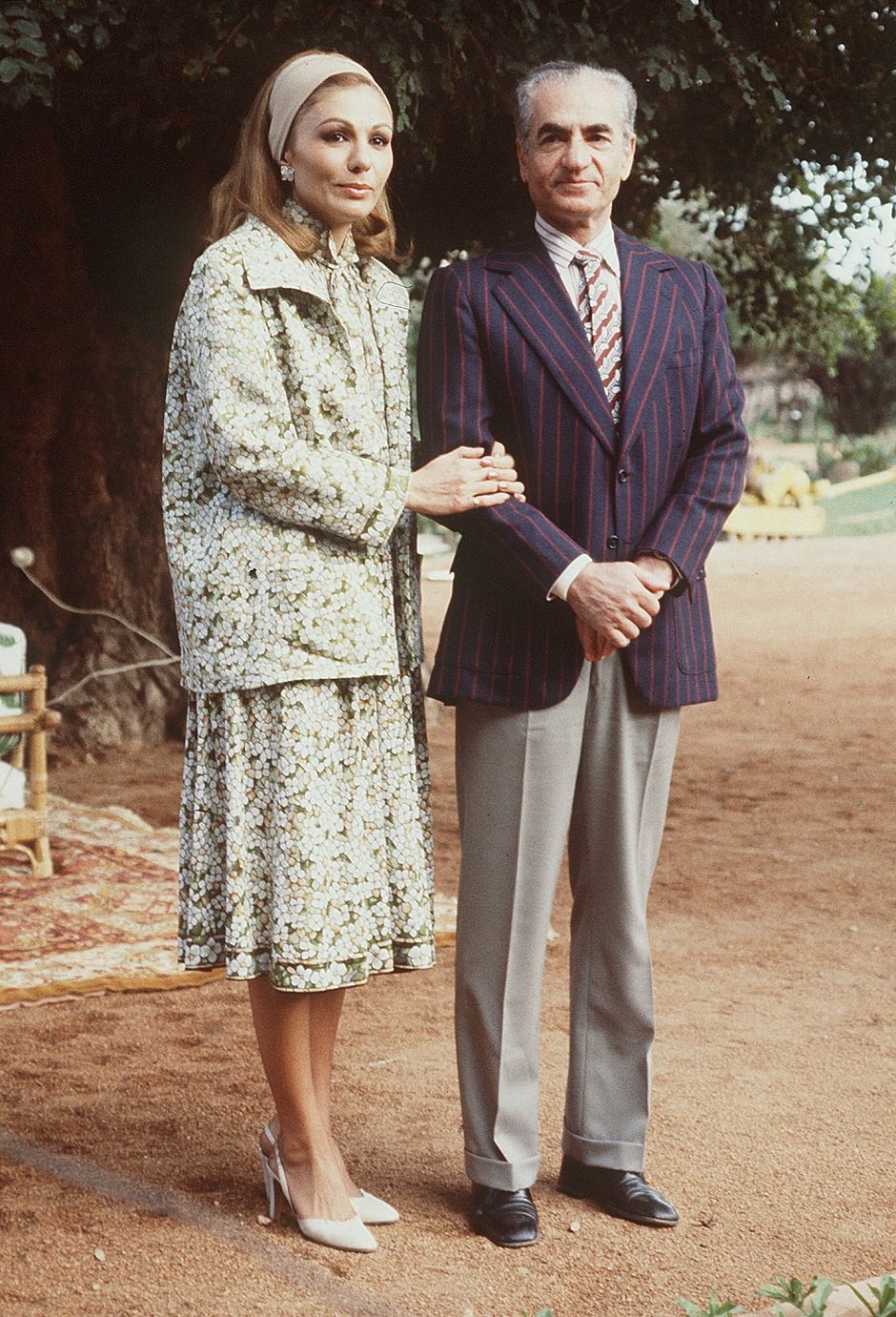 On January 24, 1979, ousted Shah Mohammed Reza Pahlavi and his wife Farah Diba pose for the photographer while living in exile in Marrackech a few days after leaving Iran during the Iranian revolution. Photo: AFP
On January 24, 1979, ousted Shah Mohammed Reza Pahlavi and his wife Farah Diba pose for the photographer while living in exile in Marrackech a few days after leaving Iran during the Iranian revolution. Photo: AFPHis departure paved the way for the triumphant return on February 1, 1979, of Ayatollah Ruhollah Khomeini from exile in France, and was ultimately to usher in the Islamic Republic.
"Everyone was transformed by the revolution. We felt hopeful," said Sheikh-Mehdi, who at the time was a shopkeeper's assistant in Tehran's Grand Bazaar.
The bazaar was one of the hotbeds of support for the revolutionaries, a bastion of tradition closely allied to the clerics who opposed what they saw as the Shah's Westernising and secularising project.
Sheikh-Mehdi remembers that time vividly, but what sticks most in his mind is the dervish -- an Islamic mystic -- who strode the bazaar's long corridors in the months before the Shah fled, repeatedly chanting what amounted to a prophecy.
Pakistan, Iran vow to deepen ties in key sectors
"Nothing will be good until we are good. Before long, the tables will turn on this age," Sheikh-Mehdi, now 76, recited.
"And the tables did turn," he added.
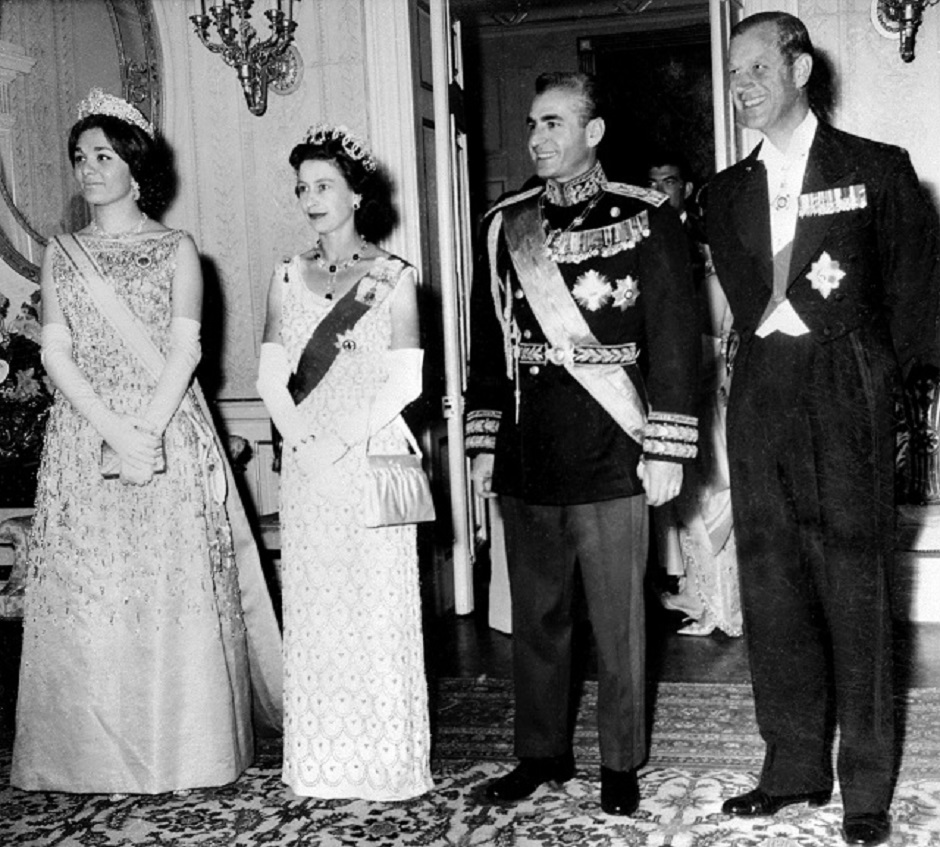 On March 2, 1961, Britain's Queen Elizabeth II and her husband Prince Philip pose with Iran Shah Mohammad Reza Pahlavi and his wife Farah Pahlavi during their state visit to Tehran. Photo: AFP
On March 2, 1961, Britain's Queen Elizabeth II and her husband Prince Philip pose with Iran Shah Mohammad Reza Pahlavi and his wife Farah Pahlavi during their state visit to Tehran. Photo: AFP
'People had passion'
The Shah and his wife flew to Egypt, beginning 18 months of wanderings which led them as far as the United States and Mexico before Pahlavi wound up back in Cairo where he died from cancer on July 27, 1980, at the age of 60.
The Shah's power had begun to crumble before he left the country when in January 1978 Etelat daily newspaper was ordered to publish an article seen as insulting to Khomeini.
Demonstrations by theology students were violently crushed and the funerals of the victims sparked a cycle of fresh protests and repression. Unrest mounted through 1978 and the bazaar frequently shut down in support of the protesters.
"A young man would run into the bazaar, let out a sharp whistle and shout 'They're here!', and we'd all close shop and go join the protests," remembered 77-year old Ebrahim Almasi, who still runs a suit stall.
He misses that burning revolutionary spirit, inspired by Khomeini's charisma.
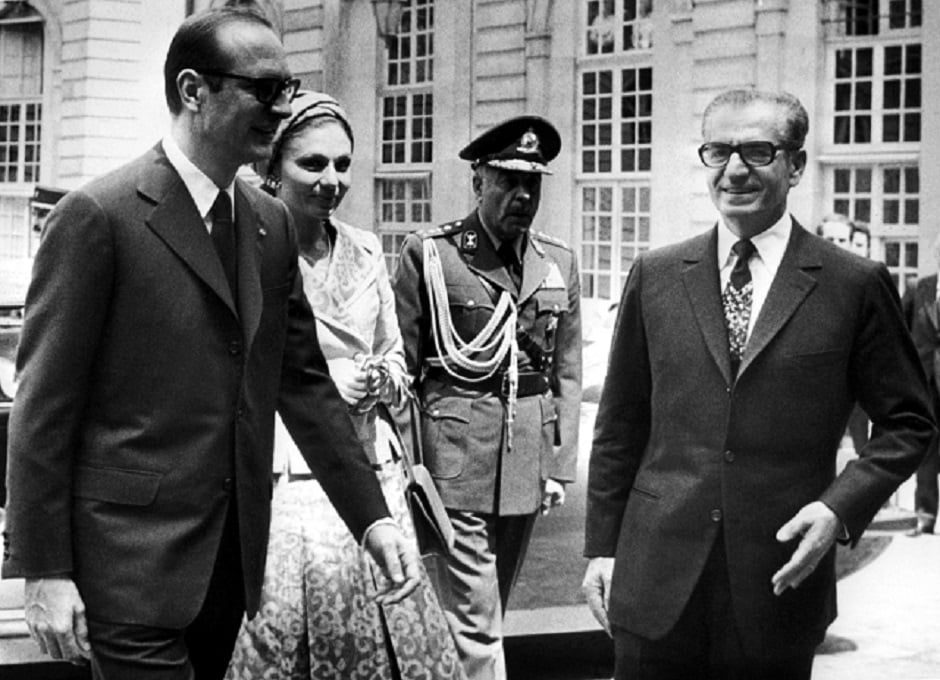 On June 25, 1974, the Shah of Iran Mohammed Reza Pahlavi (R) and his wife Farah Diba (C) are welcome by French Prime Minister Jacques Chirac (L) at Matignon Hotel in Paris. Photo: AFP
On June 25, 1974, the Shah of Iran Mohammed Reza Pahlavi (R) and his wife Farah Diba (C) are welcome by French Prime Minister Jacques Chirac (L) at Matignon Hotel in Paris. Photo: AFP
"People had passion back then. Blood was flowing," he said.
Sheikh-Mehdi recalled how he would buy eggs for striking workers, part of the widespread solidarity felt at the time.
"People would come and ask if we were short and give us money... We helped people as much as we could," he said.
'Life is short'
Educated in Switzerland, Pahlavi ascended the throne on September 16, 1941, at the tender age of 21.
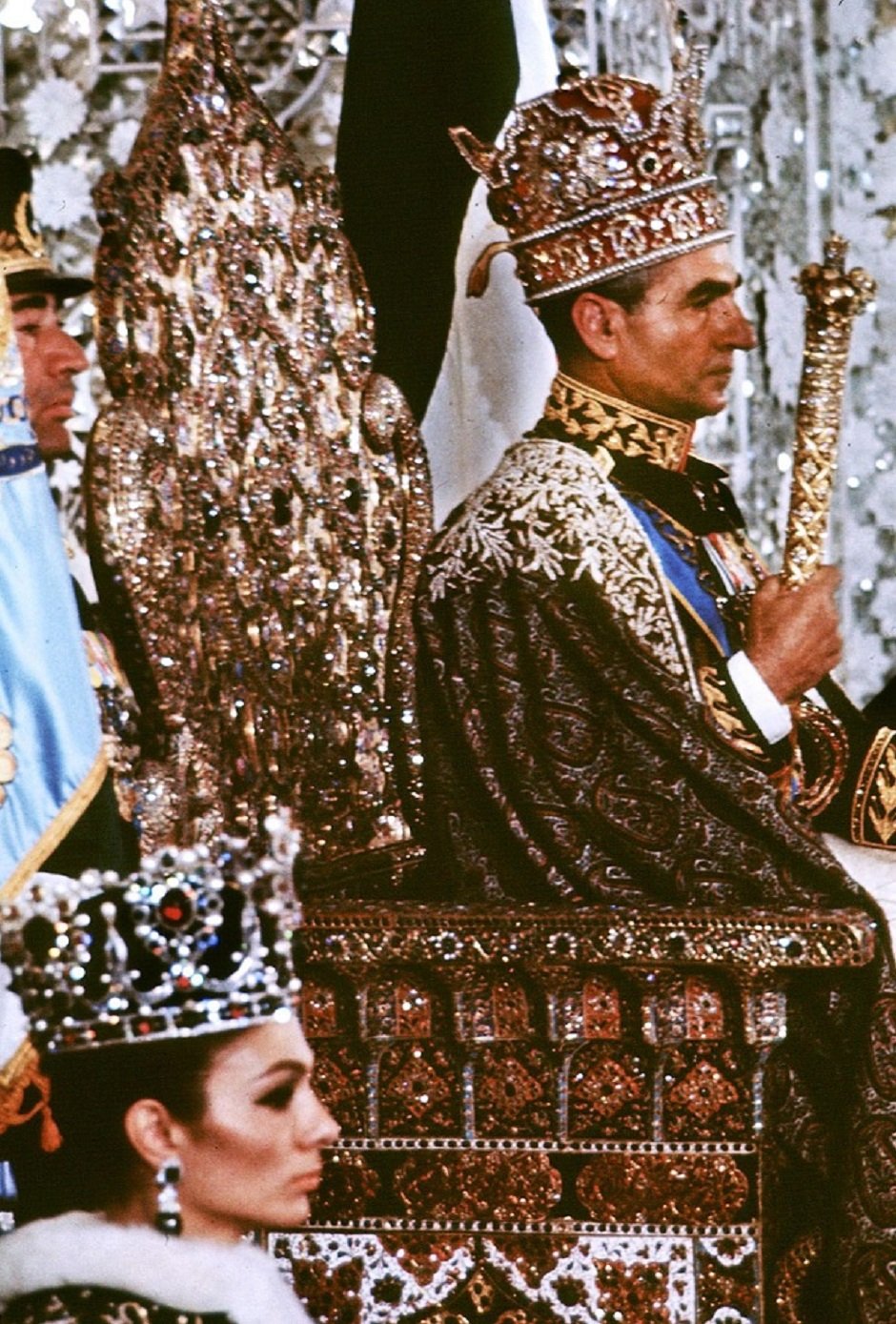 Coronation in Tehran of the Shah of Iran, Mohammed Reza Pahlavi. Photo: AFP
Coronation in Tehran of the Shah of Iran, Mohammed Reza Pahlavi. Photo: AFP
The insecure young king did not gain real authority until 1953 when a CIA-backed coup removed his highly popular prime minister, Mohammad Mossadegh, who was trying to nationalise the country's oil.
Flush with the country's petro-dollars, the Shah became one of the best customers of the US defence industry and a bulwark against Soviet influence.
But his Western-inspired reforms triggered a tumultuous social change that angered the clergy, while his consolidation of power and brutal secret police earned him a reputation as a tyrant.
Opposition to the Shah and the aura of corruption around the Tehrani elite brought together an unlikely but powerful coalition right-wing, who opposed the quietism of the traditional clergy, and left-wing students motivated by anti-colonial movements around the world.
The 40th anniversary of the Shah's departure comes at a difficult time for Iran and Tehran's iconic bazaar as renewed US sanctions and poor management have plunged the country's economy into recession. Sheikh-Mehdi said this was precisely the time to return to the religious roots of the revolution.
He still draws inspiration from Hazrat Ali, son-in-law to Prophet Mohammad. "We all need to remember life is short, and we will be judged," he said.

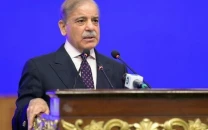









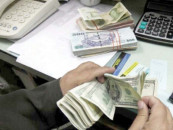







COMMENTS
Comments are moderated and generally will be posted if they are on-topic and not abusive.
For more information, please see our Comments FAQ